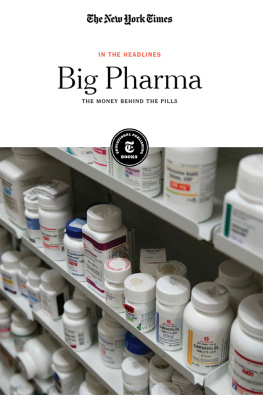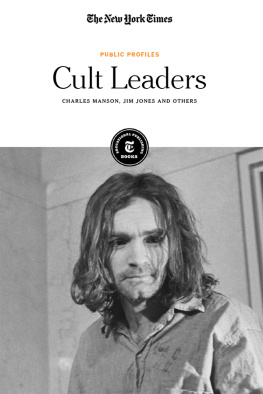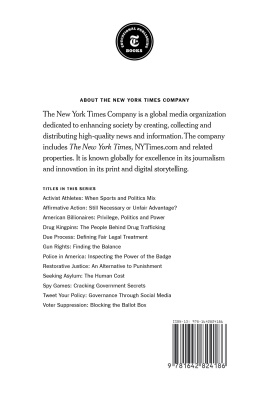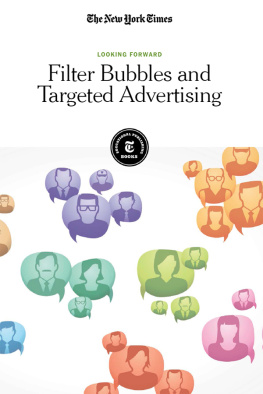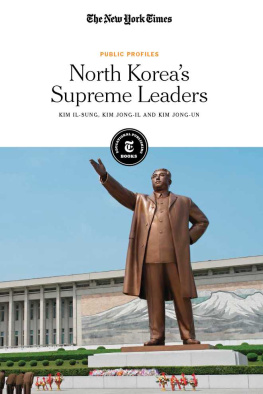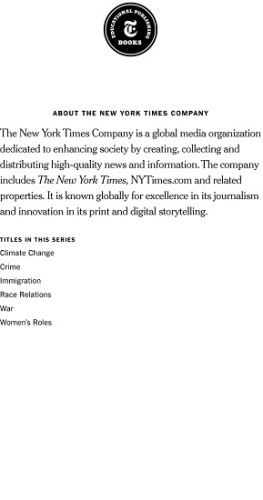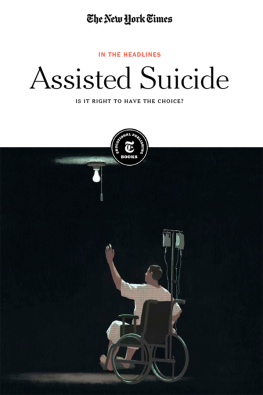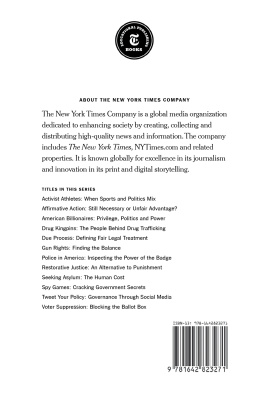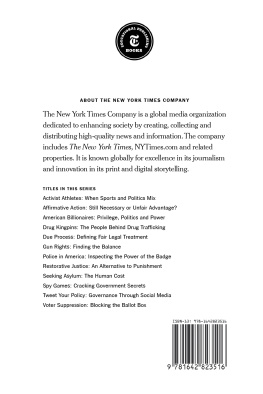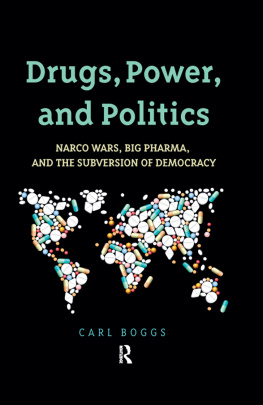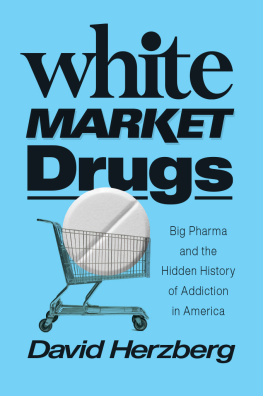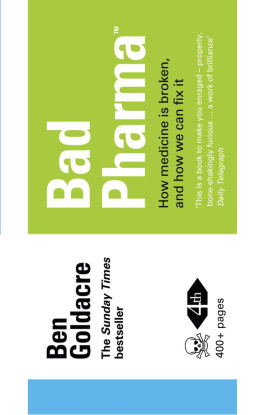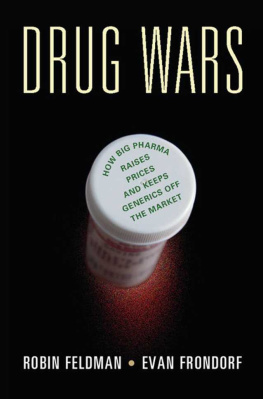Published in 2020 by New York Times Educational Publishing in association with The Rosen Publishing Group, Inc. 29 East 21st Street, New York, NY 10010
Contains material from The New York Times and is reprinted by permission. Copyright 2020 The New York Times. All rights reserved.
Rosen Publishing materials copyright 2020 The Rosen Publishing Group, Inc. All rights reserved. Distributed exclusively by Rosen Publishing.
First Edition
The New York Times
Alex Ward: Editorial Director, Book Development
Phyllis Collazo: Photo Rights/Permissions Editor
Heidi Giovine: Administrative Manager
Rosen Publishing
Megan Kellerman: Managing Editor
Brandon Battersby: Editor
Greg Tucker: Creative Director
Brian Garvey: Art Director
Cataloging-in-Publication Data
Names: New York Times Company.
Title: Big pharma: the money behind the pills / edited by the New York Times editorial staff.
Description: New York : New York Times Educational Publishing, 2020. | Series: In the headlines | Includes glossary and index.
Identifiers: ISBN 9781642822069 (library bound) | ISBN 9781642822052 (pbk.) | ISBN 9781642822076 (ebook)
Subjects: LCSH: Pharmaceutical industryUnited States Juvenile literature. | DrugsResearchJuvenile literature.
Classification: LCC RS67.U6 B54 2020 | DDC 615.1dc23
Manufactured in the United States of America
On the cover: Behind-the-counter medications at a pharmacy in Brooklyn; Nicole Craine/The New York Times.
Introduction
AS AMERICANS, WE SPEND the most on prescription drugs of any nation in the world double the national average spent in other developed countries. The pharmaceutical industry makes significant profits from the American market: The top ten public U.S. pharmaceutical manufacturers made $67.8 billion after taxes in 2016.
Despite this lucrative industry and high costs to consumers, Big Pharma has continued to seek ever-higher profits. In one extreme case in 2015, the price of one drug rose from $13.50 a tablet to $750 overnight, drawing national attention. Big Pharma has also been criticized for its role in the United States opioid epidemic, which involves a cycle of doctors prescribing addictive painkillers to patients longterm, generating money for pharmaceutical companies while patients and their loved ones suffer. Situations such as these, along with high insurance premiums, are stark realities many Americans face to get the medications they need. They have created an ominous, often hostile relationship between the pharmaceutical industry and doctors and their patients.
The term Big Pharma itself has come to evoke thoughts of greedy companies that put profits ahead of peoples health. But, like any industry, drug manufacturers are in the business of selling products and turning a profit. Many companies do play fair, while others exploit publicly funded programs and loopholes in the very laws that have been written to protect consumers and stimulate drug innovation.
How does one industry accomplish this?
Big Pharma found its legs in the early 1980s after the Bayh-Dole Act was passed. The law was intended to mitigate the risk of developing new drugs and technology for companies by granting them exclusive rights to sell their products, and by extending their patents to see more return on the money spent on research and development (R&D). The law contributed to stunting new drug development because companies were incentivized to cash in on one blockbuster drug and hold onto its exclusivity for decades before a generic version or something better entered the market.

The headquarters of Purdue Pharma in Stamford, Conn. Federal prosecutors said the company knew of significant abuse of OxyContin soon after it came on the market, but hid that information. States and cities have filed a wave of lawsuits against Purdue Pharma and other opioid manufacturers and distributors.
Additionally, publicly funded research dollars through the National Institutes of Health (N.I.H.) and its divisions, such as the National Cancer Institute (N.C.I.), encouraged many pharmaceutical companies to sit on the sidelines and let academia and taxpayers front the cost, essentially having the public do the heavy lifting of R&D.
Thus, with little risk, drug manufacturers have been capitalizing on acquiring new drugs and smaller manufacturers. They have been able to increase the prices of exclusive drugs because there is a captive market; the sick absolutely need them, and insurers and programs like Medicare are prevented from negotiating lower drug prices. Many Americans only see the low copay costs of prescriptions, while the system is sustained on taxpayer dollars and on insurance companies that need to raise premiums to cover their liability.
With the price of pills reaching an all-time high, people are turning to the U.S. government for solutions. As a result, the squeeze from Big Pharma became a top concern in the 2016 election and remains a stress point for the Trump administration today. The articles in this collection provide valuable coverage and insights into the practices of drug manufacturers, the driving forces behind the costs consumers face and what can be done to more effectively regulate Big Pharma.
CHAPTER 1
Big Pharmas New Deal: Acquisition and Little Innovation
Within the last two decades, one of the ways Big Pharma has made money is to not develop new drugs at all. Instead, big companies such as Pfizer and Valeant perfected a new model of acquiring smaller companies and funding academic research to mitigate the risks of bringing innovative medicines to the market. This chapter covers some of the biggest purchases of smaller companies by larger companies and demonstrates how publicly funded research generates more money for Big Pharma, but almost no innovation.
Blockbuster Drugs Are So Last Century
BY ALEX BERENSON | JULY 3, 2005
INDIANAPOLIS Drug companies do an awful job of finding new medicines. They rely too much on billion-dollar blockbuster drugs that are both overmarketed and overprescribed. And they have been too slow to disclose side effects of popular medicines.
Typical complaints from drug industry critics, right? Well, yes. Only this time they come from executives at Eli Lilly, the sixth-largest American drug maker and the company that invented Prozac.
From this placid Midwestern city, well removed from the Boston-to-Washington corridor that is the core of the pharmaceutical industry, Lilly is ambitiously rethinking the way drugs are discovered and sold. In a speech to shareholders in April, Sidney Taurel, Lillys chief executive, presented the companys new strategy in a pithy phrase: the right dose of the right drug to the right patient at the right time.
In other words, Lilly sees its future not in blockbuster medicines like Prozac that are meant for tens of millions of patients, but rather in drugs that are aimed at smaller groups and can be developed more quickly and cheaply, possibly with fewer side effects.
There is no guarantee, of course, that Lilly will succeed. And some Wall Street analysts complain about the recent track record of the company, saying that it has habitually overpromised the potential of its drugs and taken one-time charges that distort its reported profits. In the last year, Lillys stock has fallen 21 percent, while shares in the average big drug maker have been flat.

